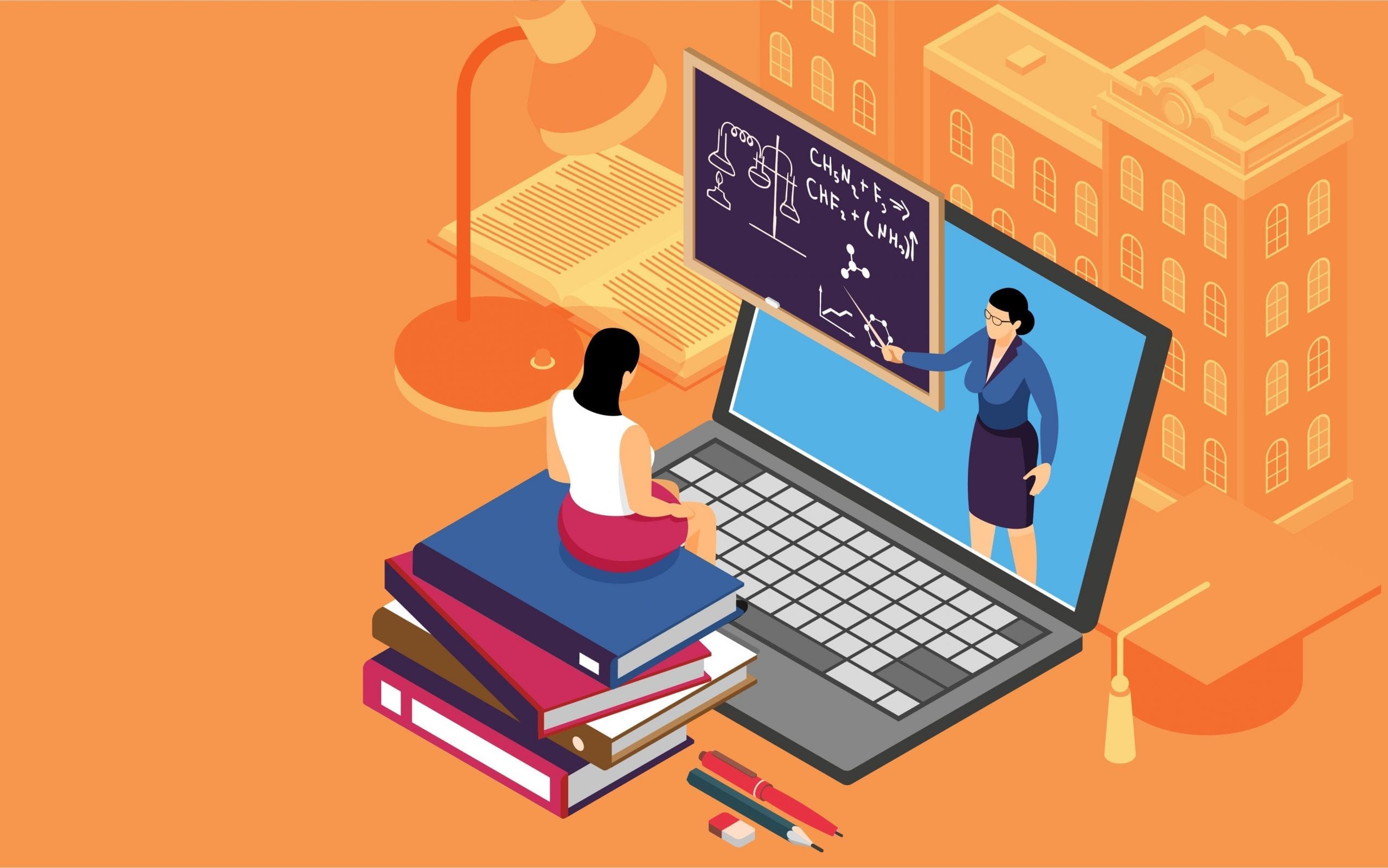Technology was never needed more in education than when the 2020 Pandemic shut down School across the globe. With classes being changed to online through sources such as Zoom or Google Meet, teachers had to scramble to adjust lesson plans and schools had to find a way to give each child equal equity as not all have the same access to resources. In the article Five Ways the Pandemic Improved Equity for Students, Nicole Krueger discusses how schools implemented plans for each student to have equal access to Educational Technology resources.

WiFi
The pandemic was hard on people all across the world, which made it so everyone had to do their part to help. Many districts were handing out iPads or Chromebooks to students who did not have them at home so they could continue their education online. One way that internet providers were lending a hand was by offering free or discounted WiFi hotspots to families who did not have internet access. Schools were also opening their parking lots for families to benefit from their WiFi and work from their cars (Edtech for the K-12 Classroom, Second edition, page 25).
School Bus Shipments
Technology and the internet are not the only things students may not have had at home, as many families relied on the meals given at school. Some districts were using their school buses to deliver books and WiFi hotspots as well as breakfast and lunch to students. (Edtech for the K-12 Classroom, Second edition, page 26). This act provided a connection within the community that may have been at fear of being lost with so much distance between people.
Television
According to Nicole Krueger, “Los Angeles Unified School District partnered with three local public TV stations to run daily educational programming from 7 a.m. to 7 p.m. during the pandemic” (Edtech for the K-12 Classroom, Second Edition, page 26). These stations used the PBS library for shows that catered to each specific age group (elementary school, middle school, and high school). Throughout the program, there were sections that were stressed or emphasized to help children watching better understand the thought process the show was taking. This provided students with a new learning tool that many could watch that both kept them studying and entertained.
Paper and Pen
Despite the best efforts by teachers, administrations, and other providers, not every child will have access to internet use, at least until it becomes accessible easier. In order to continue giving each student equal equity, it is important for teachers to always have physical copies on hand for each of their students. The article states that “The Massachusetts Education Equity Partnership urges district leaders to regularly distribute multilingual learning tool kits in paper as well as digital form for every grade level and major subject…” (Edtech for the K-12 Classroom, Second Edition, page 27).
The Future
Though the ideas that were brought into action during the pandemic were progressive and a huge help, they were not perfect. With technology being used in classrooms more and more, as well as class updates and homework assignments being posted online, is important that each child is being given an equal education despite what they may not be able to access freely at home. The pandemic had brought attention to the issue, and while this is an unresolved issue, as it may always be with new technology being released seemingly everyday, teachers and professionals are working tirelessly to aid every student in their own, unique situation.